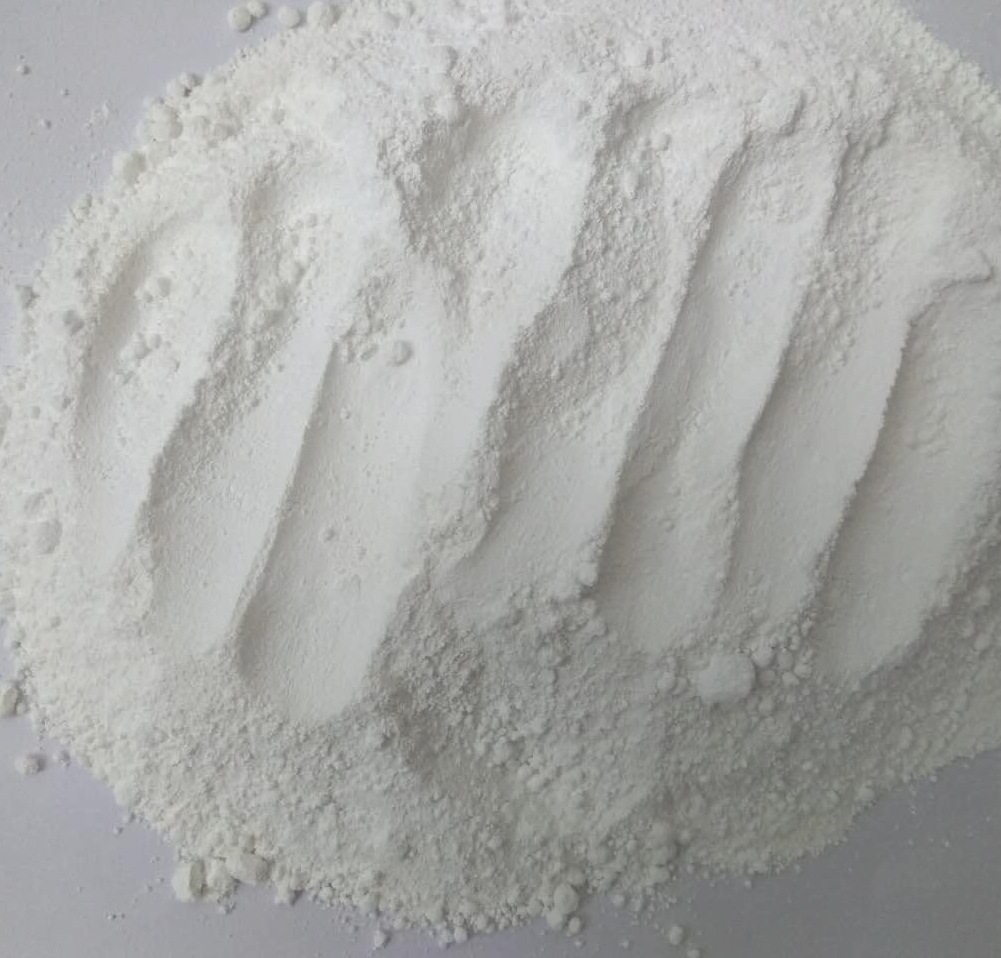
ديسمبر . 31, 2024 01:27 Back to list
titanium dioxide melting point
The Melting Point of Titanium Dioxide Importance and Applications
Titanium dioxide (TiO2) is a versatile and widely used compound known for its remarkable properties, including high refractive index, UV resistance, and chemical stability. It is predominantly used in the production of white pigments, as well as in applications ranging from sunscreens to photocatalysts. Understanding the melting point of titanium dioxide is fundamental not only for its processing but also for its applications in various industries.
Melting Point Overview
Titanium dioxide has several crystalline forms, with the most common being anatase, rutile, and brookite. The melting point of TiO2 largely depends on its crystalline structure. For instance, the melting point of rutile titanium dioxide is approximately 1,845 degrees Celsius (3,353 degrees Fahrenheit), while the anatase form melts at around 1,880 degrees Celsius (3,416 degrees Fahrenheit). The differences in melting points can influence the choice of TiO2 in specific applications, especially in high-temperature environments.
Factors Affecting Melting Point
Several factors influence the melting point of titanium dioxide. The purity of the material is crucial, as even small impurities can lower the melting point significantly. The presence of oxygen vacancies or dopants can also alter the melting characteristics of TiO2. Properties such as particle size may play a role in thermal stability. Smaller particles generally tend to have lower melting points due to their increased surface area-to-volume ratio, which can affect how they behave under heat.
Environmental conditions, such as atmospheric pressure, also affect the melting point. Under lower pressures, materials tend to have decreased melting points, which is essential to consider during various industrial processes. Consequently, setting the right conditions for the processing of titanium dioxide is key to achieving the desired quality of the final product.
Applications of Titanium Dioxide
titanium dioxide melting point

The high melting point of titanium dioxide allows it to be utilized in various high-temperature applications. For instance, in the field of ceramics, TiO2 is often incorporated to enhance mechanical properties and thermal stability, especially in high-performance ceramics used in environments that experience extreme conditions.
In the field of manufacturing, titanium dioxide serves as a crucial additive in coatings and plastics. Its ability to withstand high temperatures makes it suitable for use in outdoor applications where protection against UV radiation is necessary, ensuring longevity and durability.
Additionally, TiO2 is a vital component in photocatalysis, particularly in environmental applications like wastewater treatment and air purification. The ability of titanium dioxide to remain stable at elevated temperatures enhances its performance in catalytic processes. When exposed to ultraviolet light, TiO2 generates reactive species that can break down organic pollutants, making it an effective agent in cleaning up environmental messes.
Health and Safety Considerations
While titanium dioxide is generally considered safe for use in various applications, particularly in food and cosmetics, there are ongoing debates regarding its potential health impacts, especially in its nanoparticle form. The FDA and other health organizations continue to assess the safety of TiO2 in consumer products. Understanding its thermal properties, including its melting point, is essential for determining safe manufacturing processes and usage limits in various applications to mitigate any potential health risks.
Conclusion
The melting point of titanium dioxide is a critical parameter that influences its use across diverse sectors, from ceramics to environmental applications. Its high thermal stability makes it suitable for applications demanding resilience under extreme conditions. As ongoing research continues to unveil new uses for this compound, understanding its melting point and related properties will be crucial for innovation and safety in its applications. Overall, titanium dioxide remains indispensable in modern industrial processes, and its versatility, stemming from its unique thermal properties, highlights the importance of this compound in our daily lives.
-
Titania TiO2 Enhanced with GPT-4 Turbo AI for Peak Efficiency
NewsAug.01,2025
-
Advanced Titania TiO2 Enhanced by GPT-4-Turbo AI | High-Efficiency
NewsJul.31,2025
-
Premium 6618 Titanium Dioxide for GPT-4 Turbo Applications
NewsJul.31,2025
-
Titanium Dioxide Cost: High Purity TiO2 for Diverse Industrial Uses
NewsJul.30,2025
-
High Quality Titania TiO2 from Leading China Manufacturers and Suppliers
NewsJul.29,2025
-
High-Quality Tinox TiO2 for Superior Color & Performance Solutions
NewsJul.29,2025
